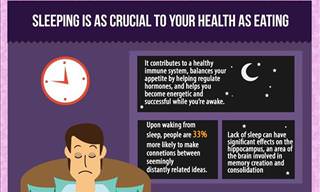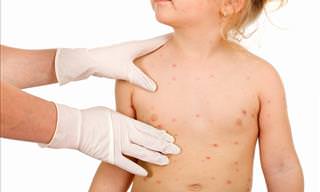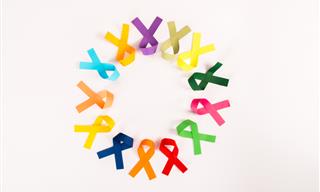1. The Smallpox vaccine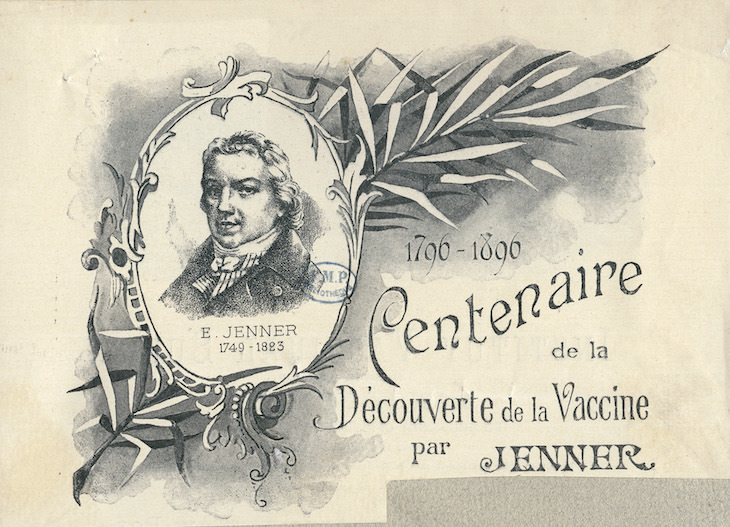
French print in 1896 marking the centenary of Jenner's vaccine
The smallpox vaccine has altered history as it was the first-ever successful vaccine. Developed by Edward Jenner in 1796, the smallpox vaccine helped put an end to “one of the deadliest diseases known to humans” according to the WHO. This virus, which leads to flu-like symptoms followed by pus-filled blisters spreading all over the patient’s body, wreaked havoc in Europe. It is estimated that before the vaccine, smallpox killed 400,000 people annually - that is three out of every 10 people.
The term vaccination comes from variolae vaccinae, or “smallpox of the cow,” otherwise known as cowpox. Jenner took notice that his milkmaid Sarah Nelmes only had lesions on her hands, which she used to milk the cows, but apart from that, she was perfectly healthy. The physician realized this wasn’t a coincidence; he extracted a sample of Sarah’s pus onto the arm of a young boy named James Phipps. To everyone’s amazement, when Jenner stuck Phipps with a second needle, this time with a dose of smallpox, Phipps remained healthy.
Not only was smallpox the first disease to ever have a vaccine, but it is also the only disease completely eradicated worldwide. That means, today no one receives a vaccination for smallpox because it’s no longer necessary.
Related: The 9 Worst Epidemics in US History
2. The polio vaccine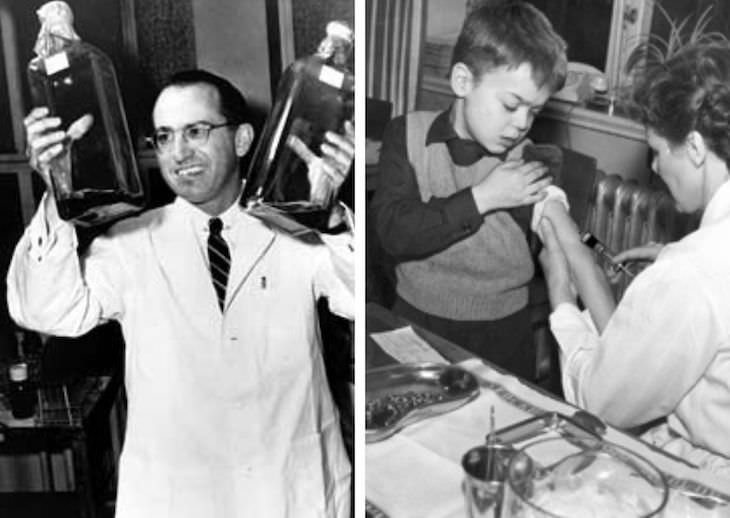
Left: Jonas Salk raises two bottles holding the cultures used to grow the Polio vaccine in 1955, Right: A child receives a polio vaccination in Sweden in 1957
When the polio vaccine became available, people lined up around the block to get it, according to several accounts. "The visions of children using iron lungs to survive are permanently ingrained in our history of infectious disease," said Kirsten Hokeness, Ph.D., professor and chair of the department of science and technology at Bryant University, to the Insider.
Poliomyelitis is a highly infectious disease that spreads through contact with an infected person, as well as through contaminated food and water. The virus can damage the neurons that control movement, resulting in partial or complete paralysis. Children are at a particularly high risk of contracting polio. Although researchers began working on a polio vaccine in the 1930s, an effective vaccine didn’t come around until Jonas Salk introduced his inactivated polio vaccine in 1955 (IPV).
Salk's vaccine was unusual because instead of using a weakened version of the live virus it used a "killed," or inactivated, version of the virus. When the "dead" poliovirus is injected into the bloodstream, it can't cause an infection but the immune system can't distinguish an activated virus from an inactivated one, and it creates antibodies to fight it.
In the US, there hasn’t been a new polio case since 1979. Around the world, the number of cases is very low as well - in 2018 there were only 33.
3. The MMR vaccine
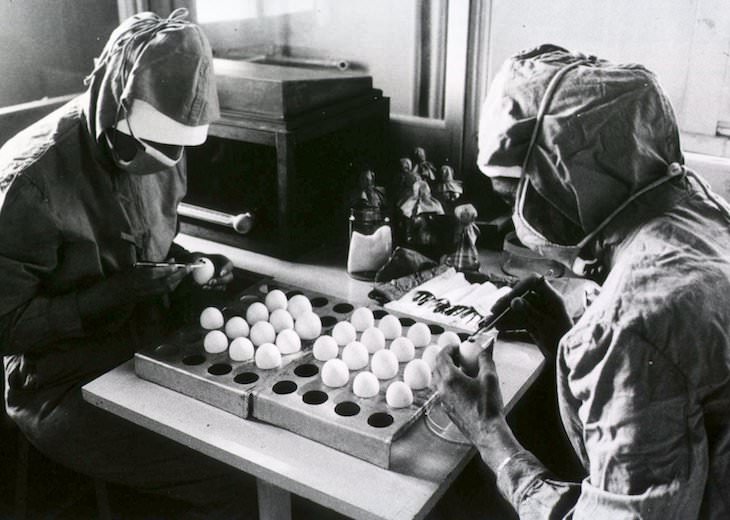
Two workers make openings in chicken eggs in preparation for the production of the measles vaccine. Image Source: World Health Organization
The MMR vaccine provides protection against measles, mumps, and rubella. Kids get two doses of the MMR vaccine, once at 12 months old and once at 15 months. It is especially effective against measles, which is lucky because it’s one of the most contagious respiratory viruses. "It is so contagious that if one person has it, up to 90% of the people around him or her will also become infected if they are not protected," notes the CDC.
And the consequences can be severe. Measles may lead to pneumonia, encephalitis (brain swelling), and in some cases even death. In the late 1950s and early 1960s, nearly twice as many children died from measles as from polio. A measles vaccine became available in 1963, and later in 1971, the MMR vaccine was developed by Maurice Hilleman at Merck & Co.
By the year 2000, thanks to widely effective immunizations, measles was declared eradicated in the US. Recently, however, measles outbreaks began to occur again. In 2019, there were 1,282 cases of measles in the United States, per the CDC. There are a few possible reasons. One is that some vaccines offer waning immunity, and require a follow-up shot to supplement the initial vaccine. In addition, the virus is not eradicated worldwide, and traveling to hotspots without being vaccinated can lead to outbreaks.
Related: How Vaccines Actually Work
4. The Tdap vaccine
The Tdap vaccine, too, provides protection against a combination of diseases, which are all caused by bacteria and have the potential to be deadly: tetanus, diphtheria, and pertussis, which is better known as whooping cough.
While vaccination against these diseases has existed since the late 1940s, the Tdap was only introduced in 2005. The difference between Tdap and the original vaccine DTaP is that the latter is given to infants, while the 2005 version is a booster for older children and adults. This development is extremely important because while whooping cough isn’t dangerous for adults, it can be life-threatening for babies.
Therefore, until they are old enough to get vaccinated themselves infants rely on everyone around them being vaccinated against whooping cough. During each pregnancy, women need to get the Tdap vaccine, as well as anyone else who will be around the baby - friends, family, healthcare professionals, daycare employees, and so on.
5. The HPV vaccine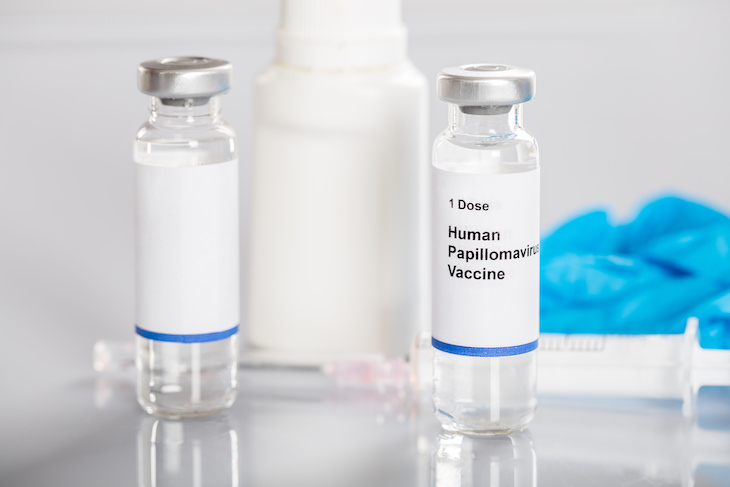
This is the most recent vaccine on the list - it first became available only in 2006. Its significance, however, cannot be questioned. Human papillomavirus, or HPV, is the most common sexually transmitted infection in the US, with 14 million Americans contracting HPV each year.
There are many strains of the virus, some of them linked with various types of cancer, such as cervical cancer, and cancers of the back of the throat. According to Hokeness, the HPV vaccine is the closest thing we have to a cure for cancer. Since its distribution began, the vaccine led to a 29% decrease in cervical cancer, according to the American Journal of Preventive Medicine.
Share this fascinating information with friends and family
 Go to BabaMail
Go to BabaMail







